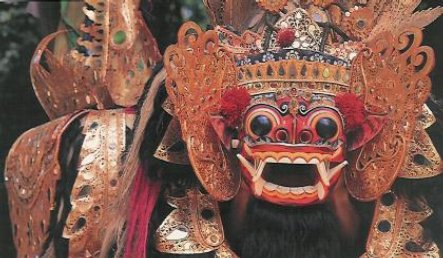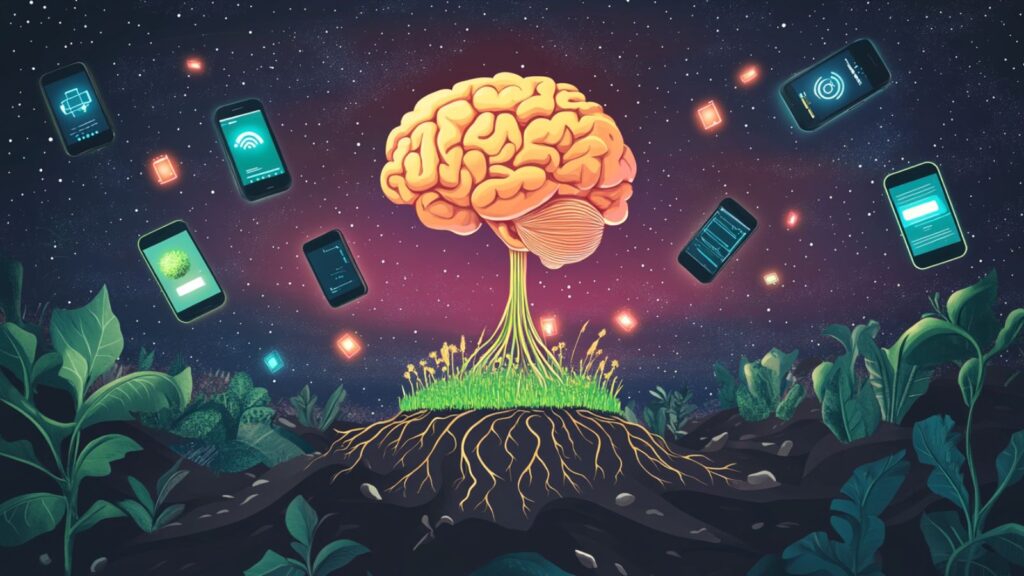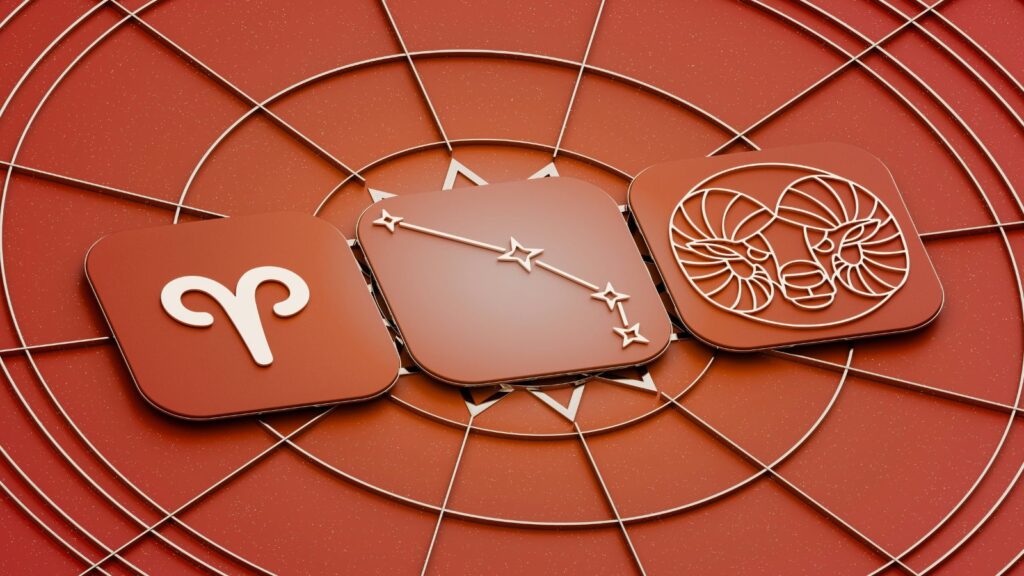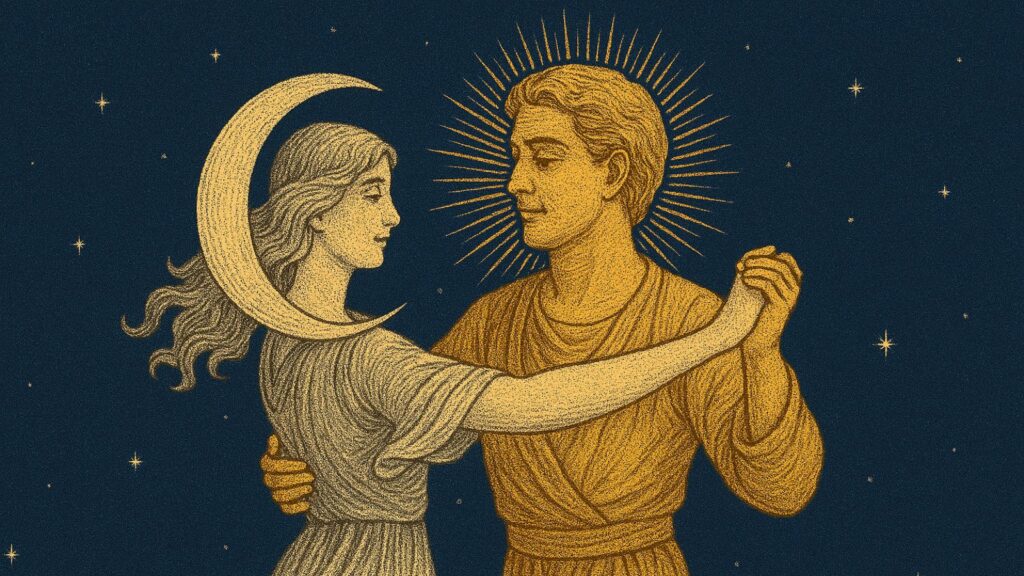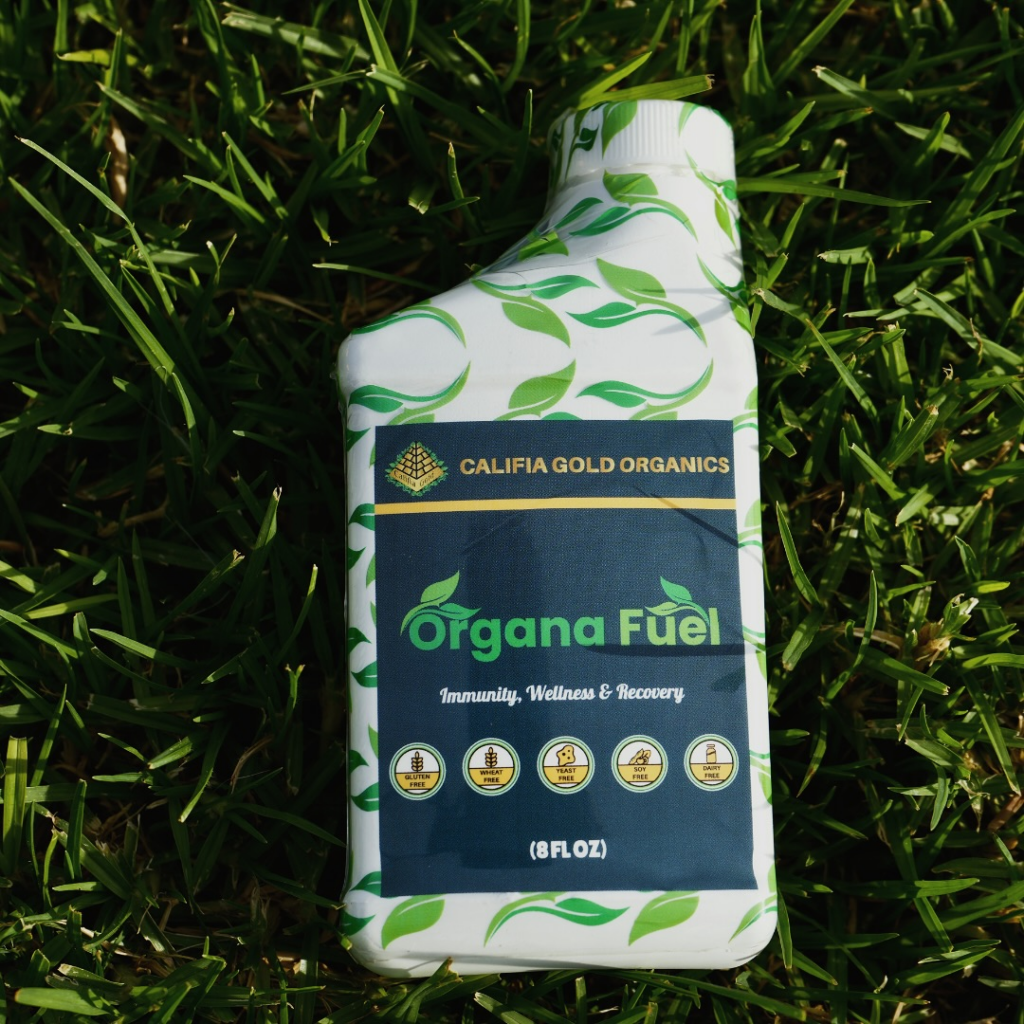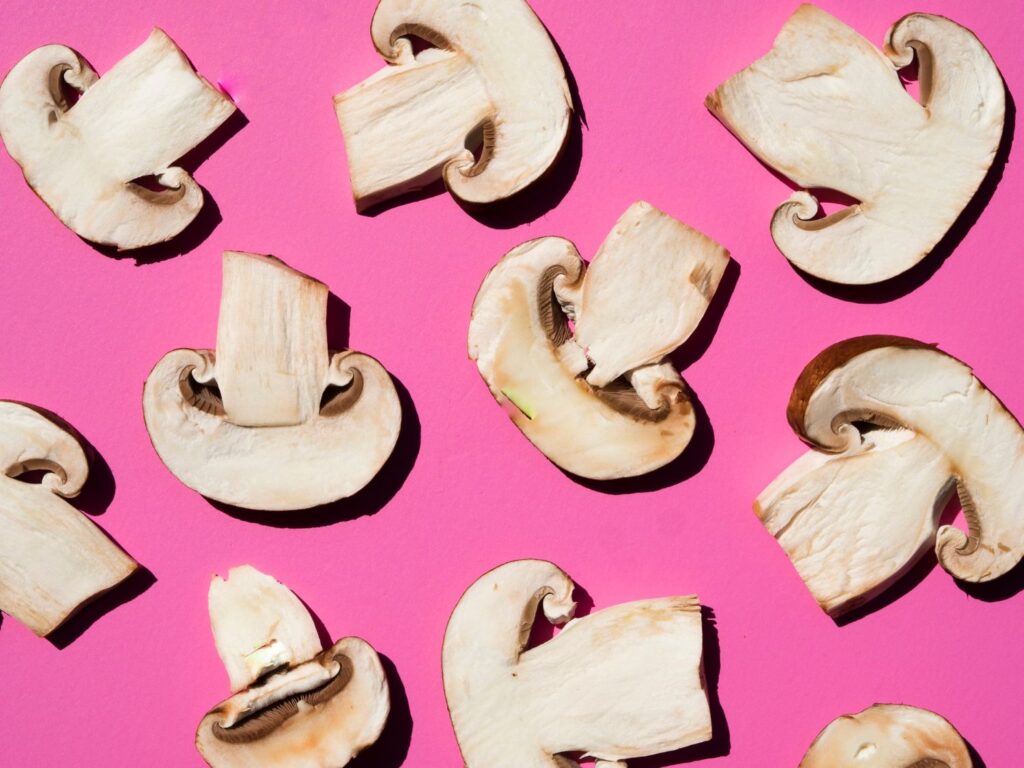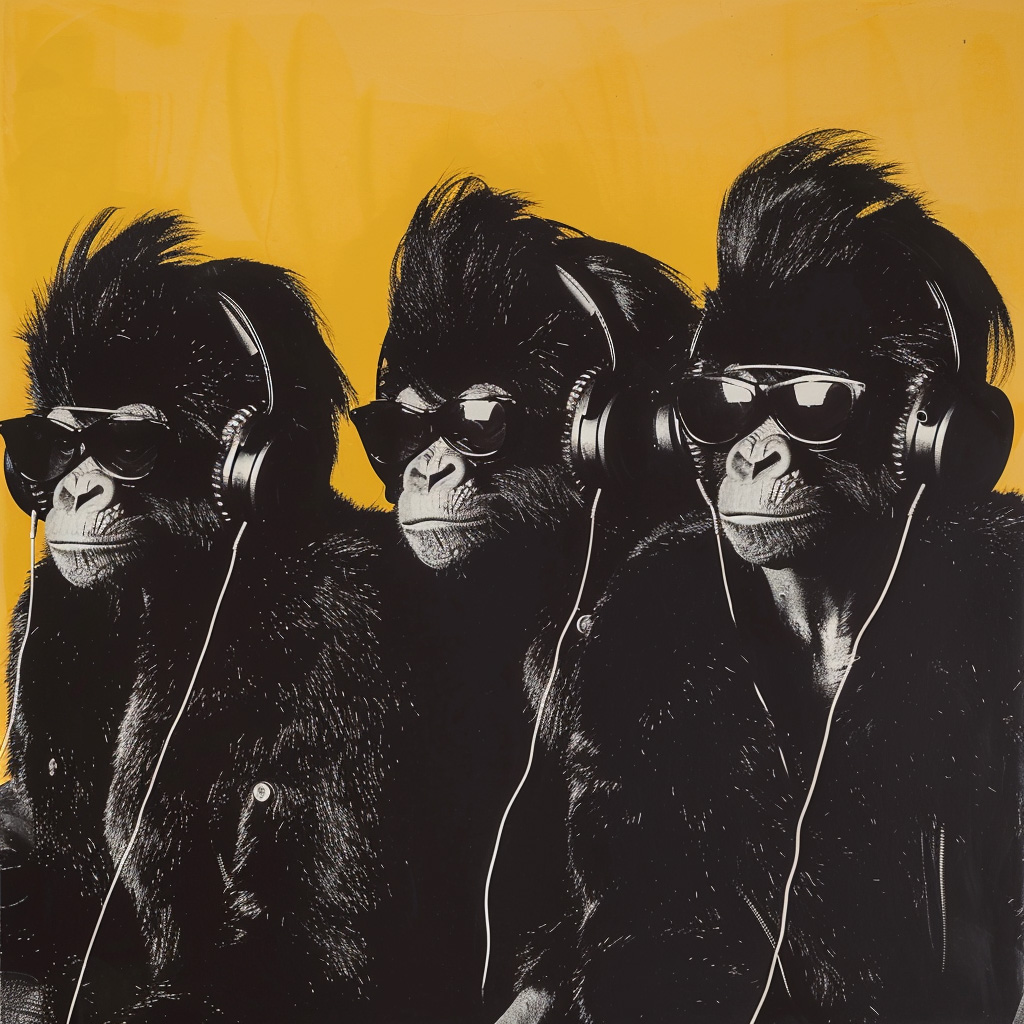As an actor, one is taught
to model oneself on "types" and learn old world techniques from practical,
modern intellectuals whose ideals have long since died. We live in an age of
indulgence, stroking the ego to gain status through fame and recognition rather
than delving deep under the skin to access and challenge the nature of what
urges us to create in the first place.
In the nineteenth century,
realism and naturalism in the arts led playwrights like Henrik Ibsen, August Strindberg,
and Heiner Müller to move theater away from the body and into the mind. The
Group Theater took it even further by emphasizing the individual actor, sparking the repertoire of emotional and
intellectual techniques we are now conditioned to. Our senses have been dulled;
we are trained in the recycled forms of previous generations instead of being
pushed into finding and realizing our own vision. We yearn for a new, stronger
approach to our physical body, our active minds, and our most natural,
instrumental life-force, the secret behind perfect art. While the questions
continue to be relentless, the answers may begin in Bali, Indonesia.
My
curiosity was jump-started at STUDIO 5, a small acting studio located in Brooklyn, several stops
down the G train at Classon Avenue and Lexington. They
specialize in experimental training, notably that which comes from Balinese
mask, dance, and theater. The studio was founded in part by Danish painter and
theater director Per Brahe, who spent almost twenty years traveling back and
forth from the island, his profound interest in the Balinese leading him to
create his own form of work inspired by Michael Chekhov. Most of the time, his
direction in class is nothing more than "move," and you are left to
your own devices to play and dance with your imagination.
His
curiosity was fueled by the French playwright Antonin Artaud, who was equally mesmerized
by a Balinese dance performance in Paris in 1931.
Artaud saw a divine relationship between performer and atmosphere, as he described
in The Theater and Its Double:
In a spectacle like that of
Balinese theater there is something that has nothing to do with entertainment,
the notion of useless, artificial amusement, of an evening's pastime which is
the characteristic of our theater. The Balinese productions take shape at the
very heart of matter, life, reality… We are watching a mental alchemy which
makes a gesture of a state of mind–the dry, naked, linear gesture all our acts
could have if they sought the absolute.
In Bali, they call
this perfectly attuned state of listening TAKSU.
Artaud found himself caught before a tumult of energy, and his rationalist
frame of mind denied the awareness of what he felt. Regardless, this physical
and spiritual form of theater challenged Artaud's intellectualism. It was a
relationship he had never before been in contact with, or aware of.
The work in
STUDIO 5 revolves around this "new" understanding of physical expression.
Traditional Balinese Mask work, combined with Per's succinct guidance, holds
the form necessary to transmit and focus TAKSU
energy. However, the training makes up only a small piece of the puzzle. In the
end, all of the commitment has to be given by the participant. Mask, movement,
the Balinese philosophy, the broad range of techniques simply nudge you in the
right direction.
Half the
time, the Balinese are unaware they even tap into this source. They are so
joyous and humble with each other, so attuned with ancient ritual that this
energy becomes a simple fact of life. Somehow, thousands of years ago, the
Balinese discovered ways to physically energize the body, creating a divine moment.
Our Western curiosity of placement and power seems greatly overindulgent when
compared to their utterly simple, physical
relationship with the earth and universe.
To perfect
this form, the actor must be in supreme balance. In the Balinese tradition, the
body is split into three states: Thinking,
Feeling, and Will, corresponding
to the head, mid-section, and legs. When you see a true Balinese dance, you see
a basic harmony between these three essences. Added is a strong awareness of legato and staccato motion. Jolting back and forth between fierce, direct, sharp
and long, fluid, and flowing movement builds the energy inside the performer,
charging the body like a static ball of friction. When one is able to fully let
go, focusing on a centered path of form, one is (perhaps) presented with the
window of TAKSU. Politely, you allow
the wave of inspiration to carry you further and deeper along an endless sea of
imaginative power, the body in heightened awareness, fully expressing the joys
of being alive, or more importantly, just being the body.
As much as
this technique is perfected and utilized with the utmost precision in one's art
and theater work, TAKSU can just as
much come without warning, during any activity. Think of TAKSU as a gift that comes and goes in fleeting moments without
recognition or worship. It simply is. This is the key to understanding where
inspiration comes from, and how imagination plays, running rampant and chaotic
throughout possibility.
The
understanding of TAKSU invokes parallels
to Gnostic philosophy. John Lash's Not In
His Image recalls initiation into the Pagan Mysteries an "illuminist path
of direct experience," encountering Organic
Light "with your entire body, standing upright… without hallucinations or
introspective distractions." This divine, physically
attained element of Organic Light is
eerily similar to the ideal expression of TAKSU.
Among countless others, these two systems have both seemed to "acquire the
source," having no more at their disposal than the human body.
Unfortunately,
this piercing experience has been repressed in the evolution of modern,
intellectual theater, and we have lost the sense of ritual within the arts. Theater
in Bali used to last for days, but has now
been significantly shortened so modern tourists may consume what they see. In
the West, we have left the necessity of expression behind us, dropping pure
emotional release for empty, mass market sensations. The majority of theater in
Bali has become equally corrupt by
high-end tourism and the acquisitions of modern times. Art will inevitably
struggle when it is associated with an industry.
Per Brahe
reiterates, "Just understand what we're doing on stage is a ritual–that it
could lift us a little bit
further–and if the actors stay connected through their will force, they may
reach this special place the Balinese call TAKSU."
STUDIO 5 is
a safe haven where one may play and naturally come to know this Organic Light or TAKSU. There is no head-in-the-clouds propaganda. The work comes
directly from us–the ensemble, our
bodies, minus any heady, self-righteous, new age philosophy that bolsters ego-identified
existence over others.
From June 1st
to June 15th of 2008, STUDIO 5 and Bali Purnati Center For the Arts
are hosting the first International Antonin Artaud Festival in Bali, Indonesia. We
currently have the original instruments Artaud heard, and the sons of the
original dancers are also involved. A great deal of our purpose is to
re-educate the new generation of modern-economically influenced Balinese in the
sacred art of their people, to recreate an awareness of TAKSU, showing that in its most basic form it is nothing more than
an ascent of imagination. The festival is open to artists and visionaries of
every nature.
The
manifestation of TAKSU exists
innately through all of us, to return to our presence within the divine through
physical manifestation of the spirit. This window is strongly connected to the
balance between our physical and spiritual selves. We are approaching a new
awareness in the expression of art, a change of perspective, and it is our duty
to prepare our bodies for that change. The answers can be vast and fragmented,
pertaining more to each one's specific quest than a massive global solution.
However, if there is a key to freedom, it lies in our beautiful, aspiring,
joyous imagination.
